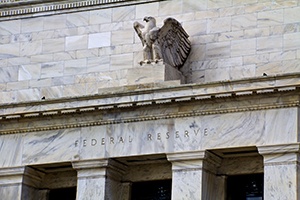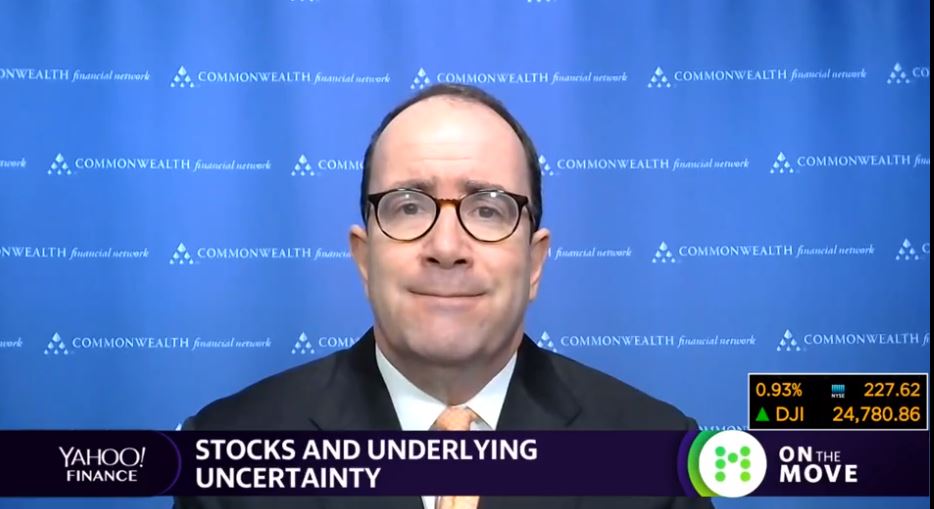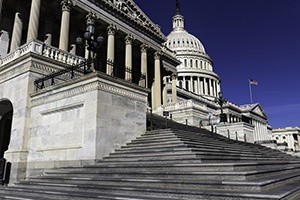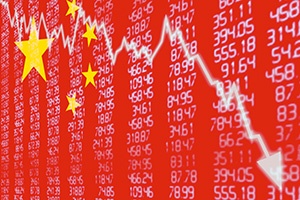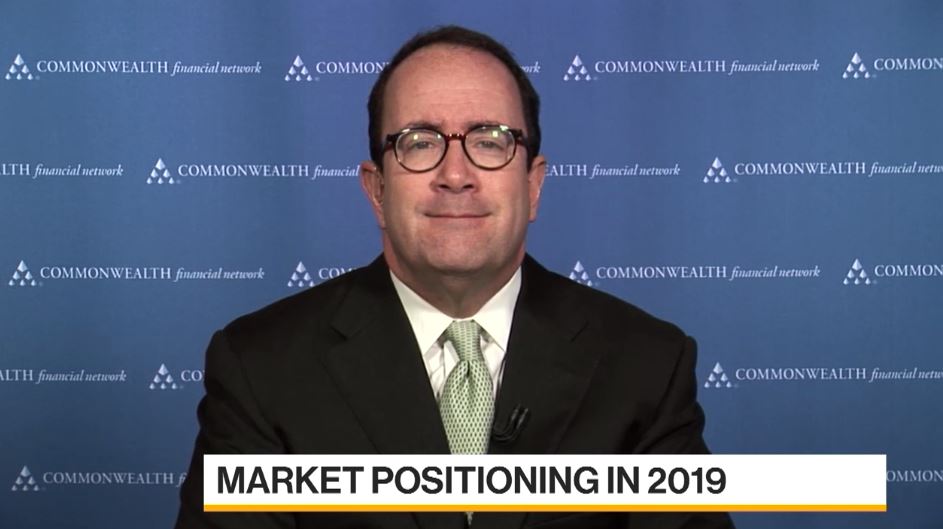Well, as expected, the Fed did not raise rates yesterday. Further, it came out with what was perceived as a much more dovish statement than anticipated, essentially declaring a pause in rate increases. In response, markets cheered. Beyond that, the Fed issued a deliberately obscure piece on balance sheet normalization that, without making any commitments, stated that the Fed now expects to maintain an “ample supply of reserves.” Again, markets cheered.


